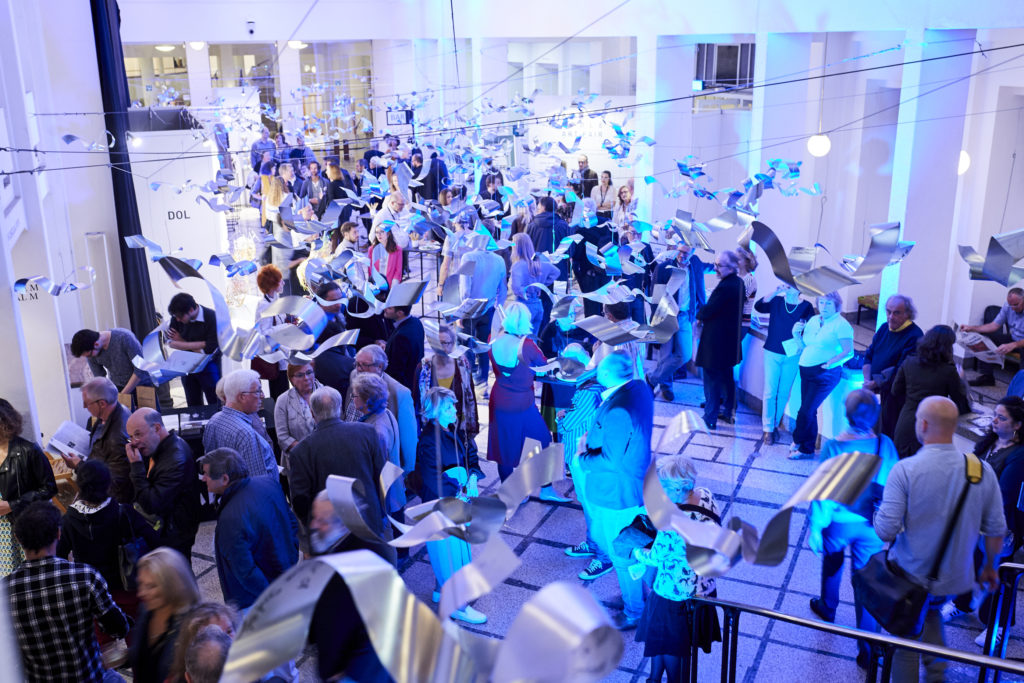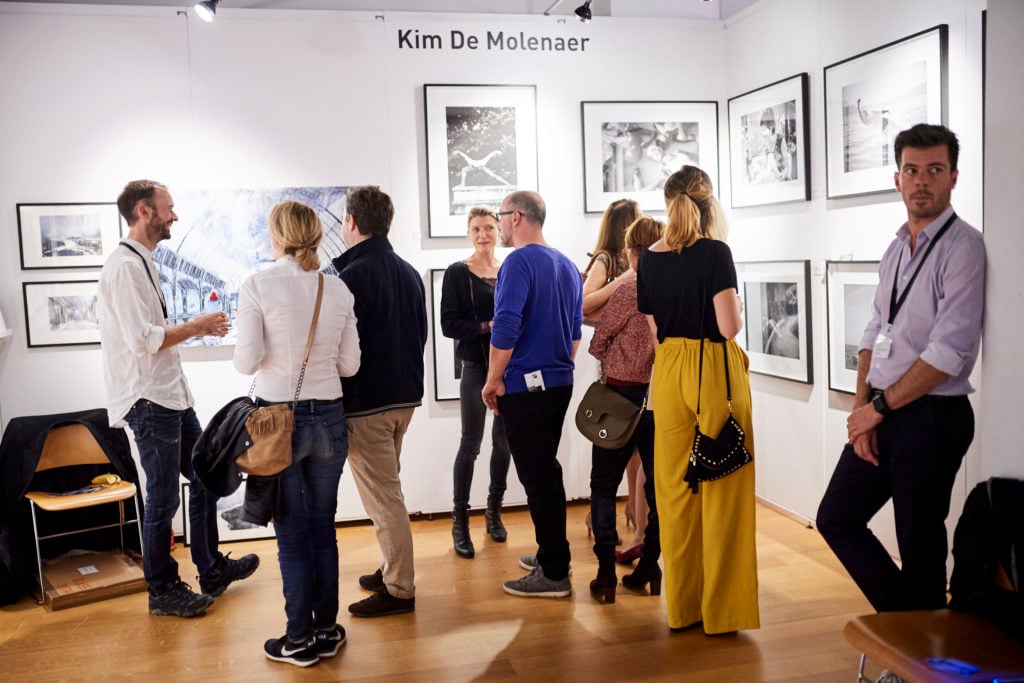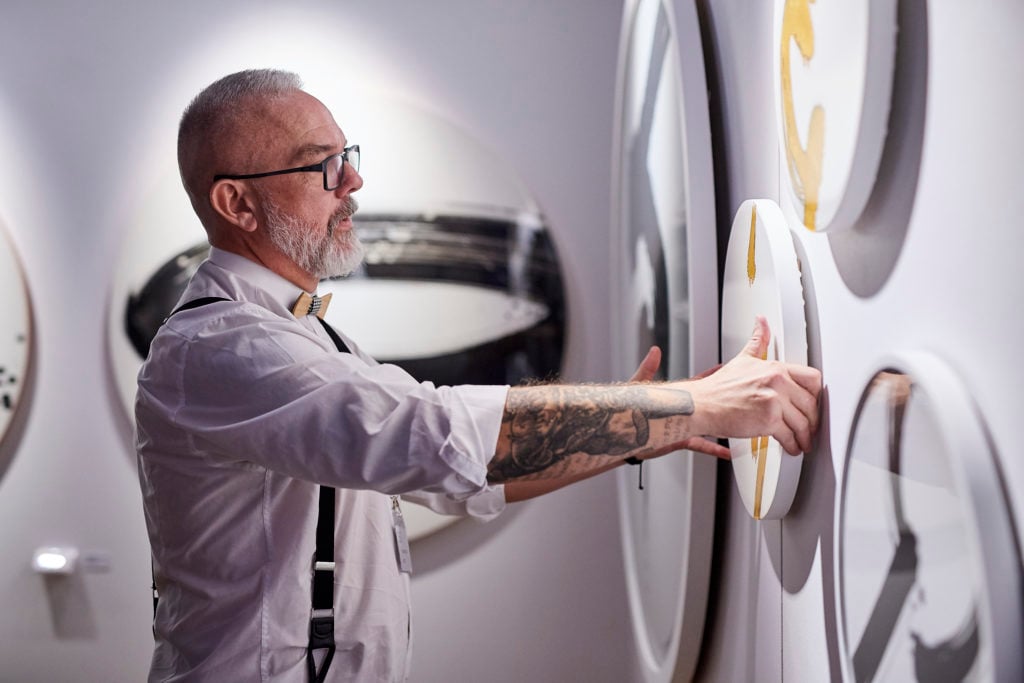A DJ Set by Auctioneer Simon de Pury and More of What to Expect at the 2019 Accessible Art Fair in Brussels


Artnet Gallery Network

Making the rounds at one of the big-name art fairs about 15 years ago, Stephanie Manasseh asked herself a simple, but maybe not entirely self-evident, question: Where are all the artists?
The answer—that they were nowhere in sight—was the spark that drove Manasseh to establish the Accessible Art Fair two years later. The Brussels-based fair’s innovative model bypassed dealers and galleries to bring the work of unrepresented artists directly to collectors. It was a hit with a public eager for direct engagement with creators.
Thirteen years later, the fair shows no signs of slowing down. It launched a New York satellite in 2016, has brought the likes of Simon de Pury onto its jury, and has inspired a few other fairs with a similar structure.
Before this year’s event kicks off in Brussels later this week, we caught up with Manasseh to get a sneak peek of what to expect.

Stephanie Manasseh, Founder and Director of Accessible Art Fair, Brussels.
“Sixty artists are participating this year,” Manasseh says. “It’s a really international group coming from many parts of the world—from the United States, Canada, Israel, and Asia. About 30 percent of the artists are returning to the fair [having participated in earlier editions]. For me, the artists act as ambassadors to the fair and I act as an ambassador for them. I want artists to return to showcase the evolution of their careers—how things have changed over the years. It creates a really nice dialogue for the artists and the visitors and for the jury, who can say, ‘Hey, these people might not have galleries, but that’s not the be-all and end-all.’ We can be witness to how their art evolves over the years. Brussels is small enough that we have repeat visitors that engage with the artists and really like to see familiar faces.”
The legendary auctioneer Simon de Pury will perform a DJ set at the fair on October 12. “We’re very excited,” Manasseh says. “He sat on our jury for the second time this year and he moonlights as DJ. He’s coming over to Brussels for just one night for the DJ sessions.”

“Brussels is a sort of unsung hero. People love to hate it, but they also don’t really understand it. Brussels is a city that it takes time to understand. It’s very quirky, but there’s a lot of money here, with a lot, a lot of art collectors. We don’t even know their names sometimes—a secret group of art collectors. Brussels is not ostentatious, it’s not in-your-face. I think people love the [sense of] discovery of the city when they come to know it.”
The fair is held at BOZAR, Belgium’s center for fine arts and one of the city’s “most prestigious venues,” Manasseh says. “It’s not a traditional cube or white-space gallery. Its a chance for people to discover the architecture as well. I try to merge the art and the architecture.”

“We’ve seen fairs come and go. This model works not for just me, but for the public. People love to meet the artists. About 15 years ago, I was at one of the big fairs for the first time and it struck me that there was all this art, but where were all the artists? Something was missing. I created the fair to give access to the artists and the artists access to the public. We’re still here because this exchange is not something you can replace. You can buy art at galleries, you can buy art online, but meeting the creator gives a very unique perspective to what you’re buying.”
The Accessible Art Fair Brussels takes place at the BOZAR, Brussels, from October 10 through 13. October 10, VIP opening from 6–10 p.m.; October 11, 11 a.m.–10 p.m.; October 12, 11 a.m.–6 p.m.; October 13, 11 a.m–7 p.m.